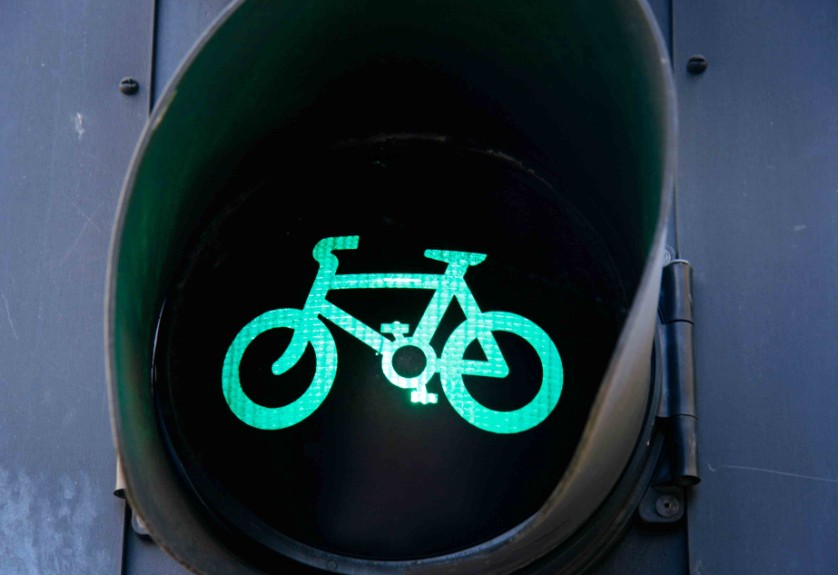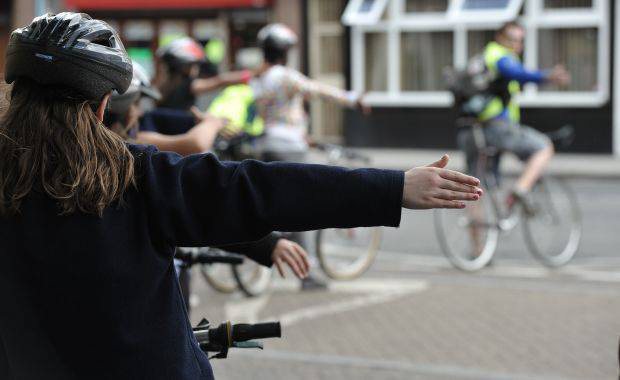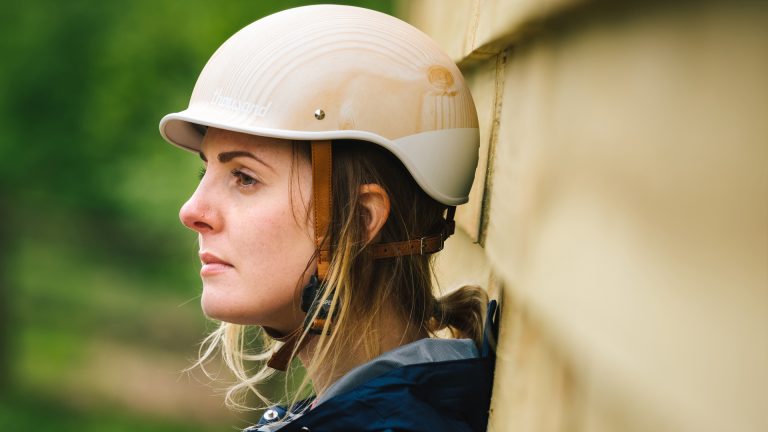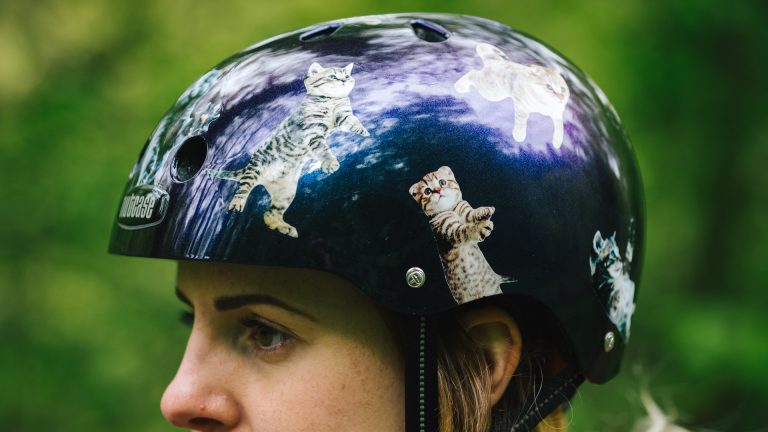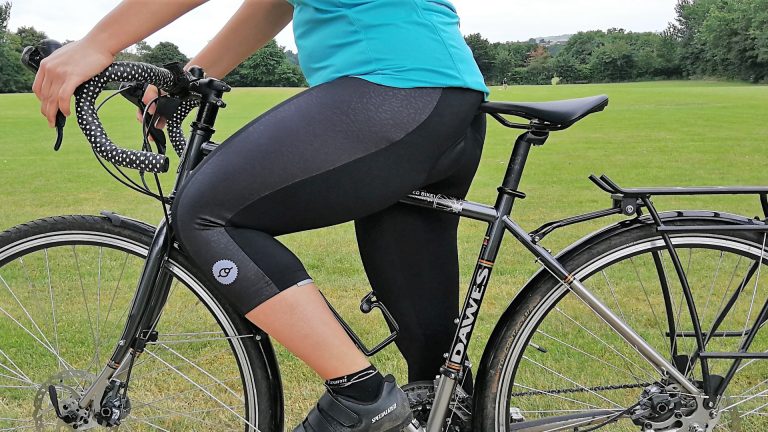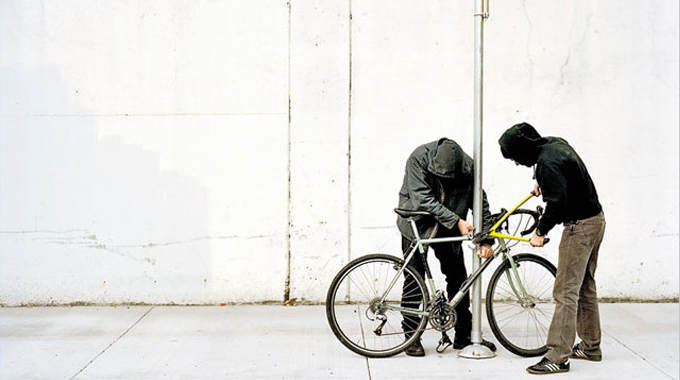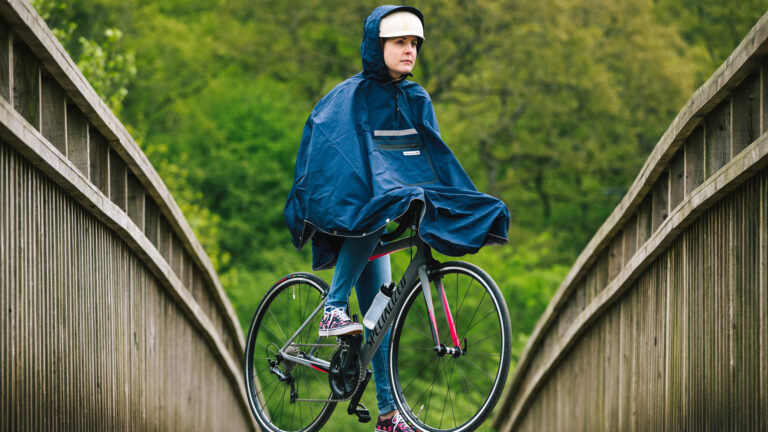‘When riding in traffic, it’s important to ride defensively’. We’ve all heard this said, but what does it actually mean, and why should we do it?
To ride defensively is to cycle as though every other road user is attempting to decouple you from your bicycle. In short: ride with suspicion, act like everyone wants to knock you off.
Admittedly, this sounds like a rather negative mind-set to adopt when heading out for what should be a pleasant spin between your home and destination, but it doesn’t mean you need to ride along scowling at anyone that dares to come close. You don’t have to expect the worst to happen to prepare for it. Riding defensively just means keeping your wits about you and riding in a way that will allow you to react more quickly should you be put at risk by someone else.
7 Commuting Alternatives that Prove Cycling is Best
It’s all very well understanding the concept, but if you don’t know what to look out for, you won’t know when to raise your shield.
Here are some of the ways you can ride more defensively…
Give yourself extra space

Firstly, don’t rely upon other road users to give you space when you need it. Instead, make sure you leave space for yourself to maneuver when you need to. Most of the time, this means riding around 1 metre from the curb, so that should you find a pot hole or obstacle in your path, you’ve got space either side to move around it. The suggested distance – 1 metre – is a rule of thumb, adjust it as you see fit, but don’t put yourself ‘in the gutter’ next to the edge of the road. This is called the ‘secondary position’, in that you’re still giving way to allow drivers to overtake easily.
At other times, you can choose to take the ‘primary position’ – this is in the middle of the lane, taking your own space in the stream of traffic. You’d do this when it’s not safe or easy for a driver to overtake you. For example, when riding down a narrow road, when traffic is slow and you’re moving at the same speed, passing a traffic island, or when approaching a roundabout or junction.
You should also move out further when passing parked cars – leaving enough room for a door to open fully without obstructing your path.
Women Worldwide Share Commuting Experiences & Advice
One really important element of giving yourself space is making sure you never put yourself between the edge of the road, and a vehicle that could be turning left at a junction or traffic lights – particularly a larger vehicle with a greater blind spot. You’re completely within your right to filter down the right hand side of traffic (where there is space to move if you need to), but if you’re not comfortable doing that, wait behind the stationary vehicle. This applies even if it’s not indicating left – because part of riding defensively means knowing that not everyone indicates.

